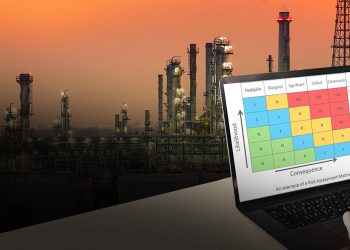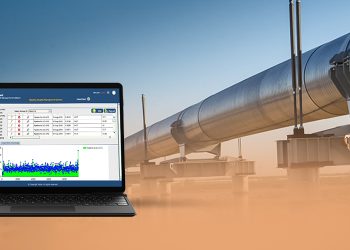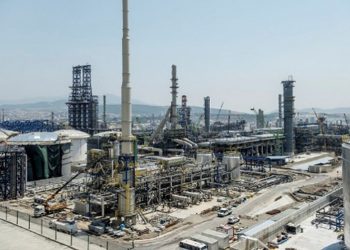External Corrosion Direct Assessment (ECDA)
External Corrosion Direct Assessment (ECDA) is a methodical procedure to improve safety through evaluating and decreasing the effect of external corrosion on pipeline integrity. External Corrosion Direct Assessment can also be used when popular methods like In-line Inspection (ILI) and pressure testing are not practical or possible.
Velosi provides pipeline operators with an all-inclusive approach for all the four stages of the External Corrosion Direct Assessment process. Our approaches are based on the ultra-modern experience of industry best practices and a comprehensive corrosion database.
The ECDA services offered by Velosi can dynamically avoid corrosion problems from developing to a size that would eventually impact a pipeline’s structural integrity by:
- Assessing and addressing corrosion challenges.
- Fixing corrosion defects.
- Rectifying the causes of corrosion.
We integrate the in-field and analytical experience of our NACE-certified corrosion experts with advanced data integration, visualization capabilities, and innovative inspection technologies to attain highly reproducible results in each of the below areas:
-
Pre-Assessment
It is the first step in the ECDA process. All relevant historical information is compiled, generally falling into five categories:
- Pipe Data
- Construction Data
- Soil/Environmental Conditions
- Corrosion Protection Data
- Operating Parameters/History
-
Indirect Assessment
The objective of the indirect inspection is to analyze the locations of coating faults, interference, electrical shorts, insufficient cathodic protection, current geologic shielding, and other anomalies along the pipeline. The technique also characterizes areas where corrosion can be occurred or has occurred. The commonly used pipeline survey techniques involve:
- Close-interval, on/off Potential Surveys
- DCVG Surveys
- Electromagnetic Current Attenuation Surveys
- Alternating Current Voltage Gradient Surveys
-
Direct Examination
The pipe is checked to evaluate the degree of corrosion damage. A direct examination needs excavation so physical inspections and Non-Destructive Testing (NDT) methods can be carried out on pipe surfaces and, in some instances, the surrounding soil and water.
Direct Examination comprises:
- Ranking and prioritizing indications analyzed during the indirect inspections
- Excavating to expose the pipe and collecting data where corrosion activity
- Assessing coating damage and corrosion defects
- Carrying out a root-cause analysis
- Assessing the process
-
Post Assessment
It is the process of assessing the overall effectiveness of the direct assessment and determining a timeframe for reassessment. With a proper assessment plan in place, over time accumulated data makes it effortless for identifying locations where corrosion has already occurred, is being occurred or may occur in the future.











